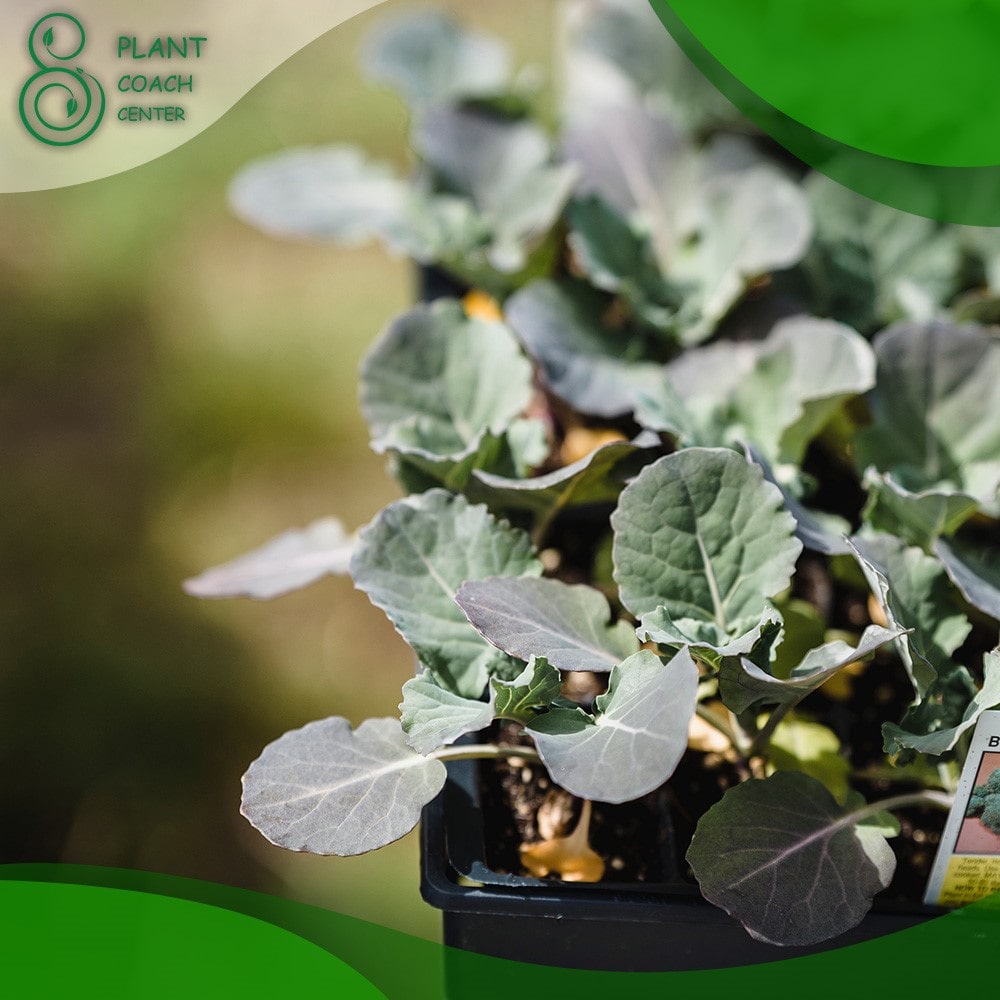When Do You Plant Cabbage?
Gardening enthusiasts and food growers alike are drawn to the allure of cultivating their vegetables, and one crop that never fails to capture attention is Cabbage. Bursting with nutrition and versatility, Cabbage has become a staple in countless cuisines worldwide.
However, understanding the optimal time to plant this leafy cruciferous vegetable is crucial for those new to gardening or seasoned green thumbs seeking to refine their cabbage-growing expertise. The journey of growing Cabbage is delightful, closely tied to the rhythms of nature and the changing seasons.
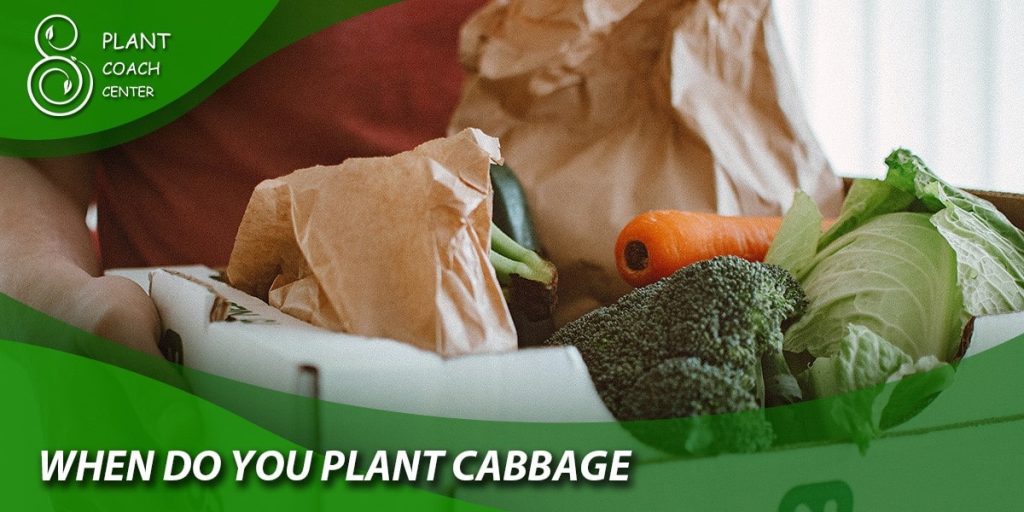
In this article, we delve into the ins and outs of when to plant Cabbage, exploring the factors that influence successful Growth and uncovering the tried-and-true practices that will help you nurture a bountiful cabbage harvest. Whether you’re yearning to savor the crispness of fresh coleslaw or dream of homemade sauerkraut, join us as we embark on a verdant adventure through the seasons and uncover the secrets of perfect cabbage planting.
Seasonal Symphony: The Best Time to Plant Cabbage
As with any gardening endeavor, timing is of the essence when it comes to planting Cabbage. Understanding the best time to sow your cabbage seeds or transplant seedlings will significantly impact the success of your crop and the quality of your harvest. The seasonal symphony that governs cabbage planting revolves around the interplay of temperature, daylight hours, and the unique growth requirements of this cruciferous vegetable.
Spring Planting: Embracing Mildness
Spring is often considered the prime time for planting Cabbage in many regions. As the winter chill recedes and the earth warms up, cabbage seeds germinate well in the milder temperatures of spring. This early start allows the plants to develop before the heat of summer sets in, preventing the risk of bolting (premature flowering) and ensuring tender, succulent heads of Cabbage.
Fall Planting: Capitalizing on Cooler Climes
Fall planting can be a game-changer for gardeners living in regions with scorching summers. By sowing cabbage seeds in late summer or early fall, you take advantage of cooler temperatures that prevent the Cabbage from becoming bitter or developing loose heads. Additionally, the decreased threat of pests in the cooler months allows the Cabbage to flourish with fewer challenges.
Winter Planting: A Specialized Approach
In mild-winter climates, where temperatures rarely drop below freezing, adventurous gardeners can experiment with planting Cabbage in late fall or winter. Though Growth may slow down during the coldest months, the plants will resume their development once temperatures rise, potentially leading to an early spring harvest.
Account for Frost Dates
To ensure a successful cabbage planting experience, you must know the average date of the last spring frost in your area. Planting too early before the final ice can expose the tender seedlings to damage while planting too late might not give the Cabbage enough time to mature before the heat arrives. Check with your local agricultural extension office or use online resources to find the frost dates specific to your location.
Greenhouses and Cold Frames: Extending the Season
If you’re eager to enjoy Cabbage for an extended period or live in colder climates, consider starting your Cabbage indoors or in a greenhouse. This approach lets you kickstart the growing process earlier in the year, providing hardy seedlings that can be transplanted outside once favorable weather conditions are good.
Crop Rotation: A Crucial Consideration
To promote the health of your cabbage plants and prevent the buildup of pests and diseases, practice crop rotation in your garden. Avoid planting Cabbage or other brassicas in the same spot where they were grown the previous year. Instead, rotate them to a different section of your garden where unrelated plants were previously cultivated.
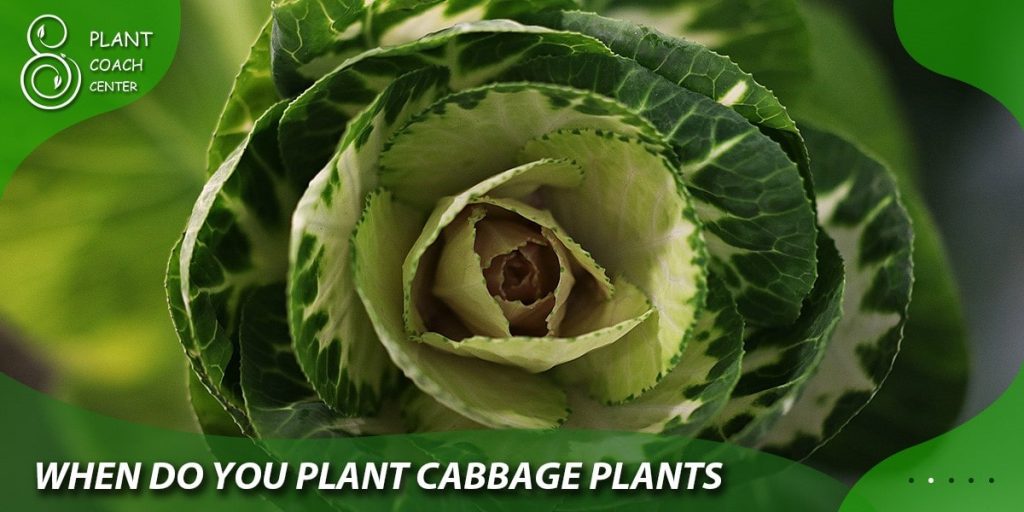
Chilling Out: Overcoming Frost and Cold Stress for Cabbage
Cabbage, a resilient vegetable known for its adaptability, can tolerate cooler temperatures to a certain extent. However, exposure to frost and extreme cold can pose significant challenges to its Growth and development. As a gardener, understanding how to protect your Cabbage from frost and cold stress is essential to ensure a successful and rewarding harvest.
Choose Frost-Resistant Varieties
To increase your chances of success in colder climates, consider selecting cabbage varieties specifically bred to withstand frost and cold temperatures. These frost-resistant cultivars are hardier and better equipped to endure chilly conditions without compromising taste or texture.
Time Your Planting Wisely
Timing is critical when planting Cabbage in regions prone to frost. As mentioned, aim to grow your Cabbage in early spring or late summer/early fall, depending on your local climate. Avoiding the peak of winter and hot summer months provides your Cabbage with the best chance to grow and thrive.
Cover Up with Row Covers or clothes
When the frost is in the forecast, be prepared to shield your cabbage plants from the cold. Cover them with row covers, cloths, or frost blankets in the late afternoon or early evening before temperatures drop. These protective barriers trap heat from the soil, creating a warmer microclimate around the plants and safeguarding them from freezing temperatures.
Utilize Cold Frames and Greenhouses
Investing in cold frames or greenhouses can be a game-changer for gardeners who face extended periods of freezing weather. These structures offer a controlled environment that protects Cabbage from extreme cold, frost, and other harsh weather conditions. Consider starting your cabbage seedlings in a greenhouse before transplanting them into the garden once the risk of frost has passed.
Mulch for Temperature Regulation
Mulching around cabbage plants provides numerous benefits, including temperature regulation. Applying a layer of organic mulch, such as straw or leaves, helps insulate the soil and maintains a more stable temperature. This protective layer can mitigate the effects of sudden temperature drops, reducing the risk of stress on the plants’ roots.
Watering Wisely
Adjust your watering schedule during cold weather to minimize the risk of freezing. Water the Cabbage early in the day so that the soil can absorb the moisture and dry before the temperature drops in the evening. Avoid overhead watering late in the day, as this can leave the plants damp and vulnerable to frost damage overnight.
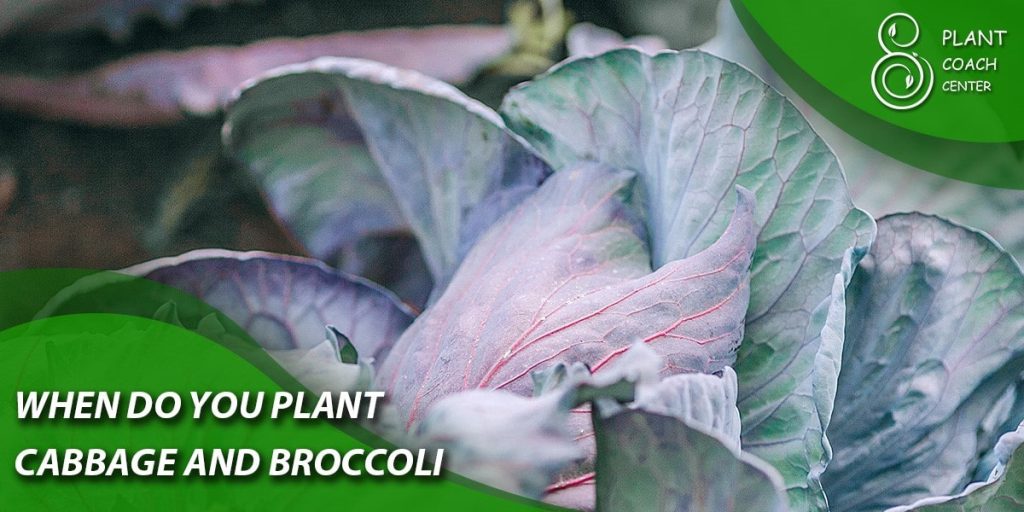
Seeds vs. Seedlings: Choosing the Right Start for Your Cabbage
As you embark on your cabbage-growing journey, one of your first decisions is whether, to begin with seeds or opt for young seedlings. Both approaches have their merits, and understanding the advantages and considerations of each will help you make an informed choice that suits your gardening style and goals.
Starting from Seeds: A Sowing Adventure
Growing Cabbage from seeds offers a sense of fulfillment and a deeper connection to growth. It allows you to witness the transformation from a tiny source to a robust plant. Additionally, selecting from various cabbage varieties available as seeds will enable you to experiment with different flavors, colors, and textures.
Advantages of Seeds:
– Variety: A wide selection of cabbage varieties to choose from.
– Cost-effective: Seeds are generally more affordable than purchasing seedlings.
– Control: Greater control over the early growth stages of the plants.
Considerations:
– Longer timeline: Starting from seeds takes longer before you can transplant them outdoors.
– Temperature sensitivity: Cabbage seeds require specific temperature conditions to germinate successfully.
Opting for Seedlings: A Head Start to Harvest
Choosing cabbage seedlings provides a head start in the growing process, enabling you to avoid the delicate germination phase. Seedlings are typically young plants that have already sprouted and developed a few leaves, which reduces the risk of failure for beginner gardeners or those in regions with short growing seasons.
Advantages of Seedlings:
– Time-saving: Seedlings allow you to transplant and start nurturing your cabbage plants sooner.
– Reduced risk: Avoiding the vulnerable germination stage helps reduce the risk of seedling losses.
– Extended growing season: Seedlings provide an advantage in regions with a limited growing season.
Considerations:
– Limited variety: You may have fewer choices regarding cabbage varieties as seedlings.
– Quality concerns: Ensure the seedlings are healthy and disease-free before purchasing.
Hybrid Approach: Starting Indoors
A hybrid approach may be the answer for gardeners seeking the best of both worlds. Begin by sowing cabbage seeds indoors, giving you greater control over germination conditions and early growth stages. Select the strongest and healthiest ones for transplantation into the garden as the seedlings develop.
Tips for Starting Indoors:
– Use seedling trays or pots with a well-draining growing medium.
– Provide sufficient light and warmth for optimal germination.
– Thin out weaker seedlings to allow the strongest ones to flourish.
Transplanting Seedlings Outdoors:
– Harden off seedlings by gradually exposing them to outdoor conditions before planting.
– Transplant on a cloudy day or during the more remarkable part of the day to reduce transplant shock.
Sun, Soil, and Space: Optimal Growing Conditions for Cabbage
Cabbage, a sun-loving and hardy vegetable thrive when provided with the right growing conditions. As you prepare to cultivate this nutrient-rich crop, understanding the importance of sunlight, soil quality, and spacing requirements is essential to ensure healthy growth and abundant harvests.
Sunlight Requirements: Basking in Sunshine
Cabbage is a sun-worshipper, demanding ample sunlight to reach its full potential. Ensure your cabbage patch receives at least 6 to 8 hours of direct sunlight daily. Inadequate sunlight can result in leggy plants with small, underdeveloped heads. If you live in a scorching region, consider providing some afternoon shade to prevent plant stress during scorching summer days.
Soil Quality: Nourishing the Roots
Cabbage thrives in well-draining, nutrient-rich soil. Before planting, amend your garden bed with organic matter like compost or well-rotted manure to improve soil structure and Fertility. The soil’s pH level should ideally be slightly acidic to neutral (pH 6.5 to 7.0) to ensure proper nutrient uptake. Regularly check the soil moisture and avoid waterlogged conditions, as Cabbage dislikes soggy roots.
Spacing Guidelines: Giving Room to Grow
Proper spacing between cabbage plants is crucial for good air circulation and to avoid overcrowding. Overcrowding can lead to increased humidity, making the plants susceptible to diseases. The spacing requirements vary depending on the type of Cabbage:
– Standard Cabbage: Space plants 12 to 18 inches apart in rows with 2 to 3 feet between rows.
– Miniature Cabbage: Allow 10 to 12 inches between plants in rows with 1.5 to 2 feet between rows.
– Chinese Cabbage: Space plants 8 to 12 inches apart in rows with 1.5 to 2 feet between rows.
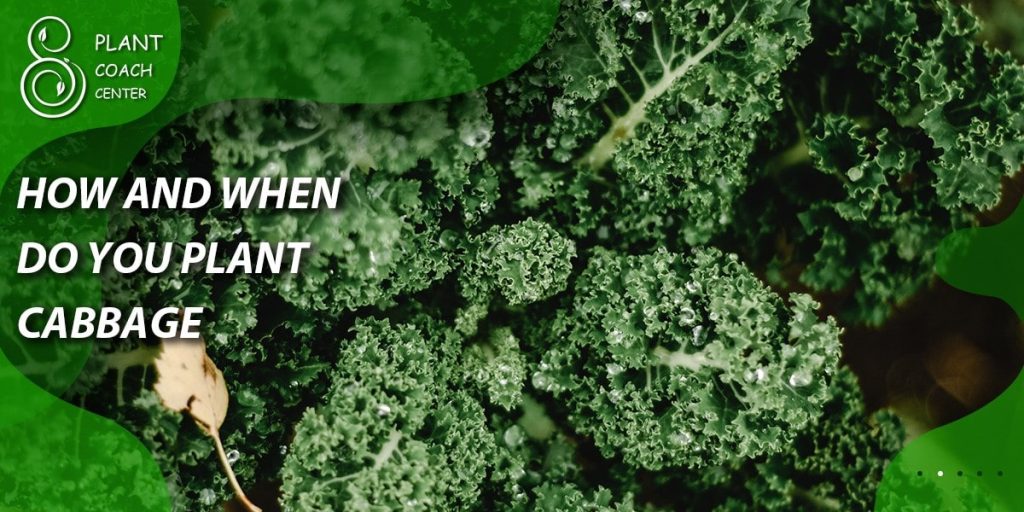
Companion Planting: Friendly Neighbors
Consider practicing companion planting with Cabbage to enhance its Growth and repel pests naturally. Some suitable companions include aromatic herbs like thyme, rosemary, and sage, which can deter pests. Avoid planting Cabbage near other brassica family members, such as broccoli or cauliflower, as they may compete for nutrients and attract similar problems.
Watering Techniques: Consistent Moisture
Consistent and adequate watering is crucial for Cabbage to develop healthy, firm heads. Aim for an inch of water per week from rainfall or manual irrigation. Use a soaker hose or drip irrigation system to deliver water directly to the soil, avoiding wetting the leaves. Water in the morning to allow excess moisture on the foliage to dry during the day, reducing the risk of fungal diseases.
Seasonal Care: Watch for Pests and Diseases
Regularly inspect your cabbage plants for signs of pests, such as cabbage loopers or aphids, and promptly address any infestations. Handpick pests when possible or use natural insecticides to protect your crop. Applying organic fungicides can also prevent fungal diseases that can harm cabbage leaves.
Sowing to Harvest: A Step-by-Step Guide for Cabbage Cultivation
With its versatility and nutritional value, Cabbage is a rewarding vegetable to grow in your garden. To achieve a successful cabbage harvest, following a well-planned and attentive cultivation process is crucial. From sowing the seeds or transplanting seedlings to reaping the fruits of your labor, this step-by-step guide will lead you through the journey of cabbage cultivation.
Preparing the Soil: Laying the Foundation
Begin by selecting a sunny spot in your garden with well-draining soil. Prepare the ground by removing weeds, rocks, and debris. Dig the dirt to a depth of at least 12 inches, incorporating organic matter like compost or well-rotted manure to enrich Fertility. Level the soil surface to create a smooth and even planting bed.
Starting from Seeds: Germination Adventure
If you choose to start from seeds, sow them indoors 6 to 8 weeks before your area’s last expected frost date. Plant the seeds in seedling trays or small pots filled with a quality seed-starting mix. Keep the soil consistently moist and maintain a temperature between 65°F to 75°F (18°C to 24°C) to encourage germination. Once the seedlings have developed a few leaves, thin them out to ensure proper spacing and strong Growth.
Transplanting Seedlings: Tender Loving Care
When the seedlings are 4 to 6 weeks old and have grown to about 3 to 4 inches in height, they are ready for transplanting outdoors. Harden off the seedlings by gradually exposing them to outdoor conditions for a week before planting. Choose a cloudy day or the more remarkable part of the day to transplant to reduce transplant shock.
Planting in the Garden: Giving Space to Flourish
Dig holes in the prepared garden bed, keeping in mind the recommended spacing for the cabbage variety you are planting. Carefully remove the seedlings from their containers, not damaging their roots. Place the seedlings in the holes and fill in with soil, gently firming the soil around the plants. Water the seedlings immediately after planting to help them settle into their new home.
Watering and Care: Nurturing Growth
Consistent and adequate watering is essential for the development of healthy cabbage heads. Water the plants deeply once a week, providing about an inch of water from rainfall or irrigation. Ensure the soil remains consistently moist, but avoid overwatering to prevent waterlogging.
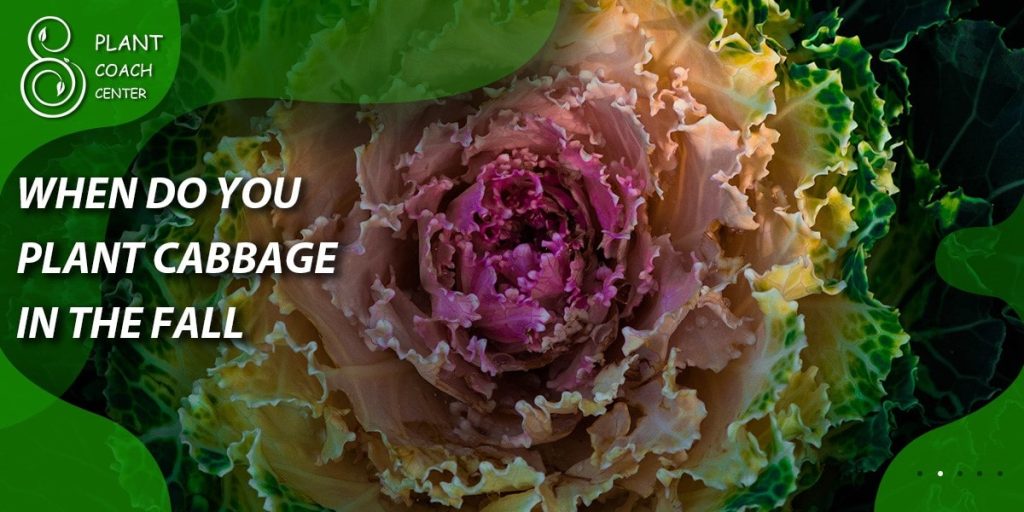
Protecting from Pests and Diseases: Vigilance is Key
Regularly inspect your cabbage plants for signs of pests and diseases. Handpick pests when possible, and use organic insecticides if necessary. Applying organic fungicides can prevent fungal infections, especially during humid conditions. Implement companion planting to deter pests naturally and promote a healthy garden ecosystem.
Harvesting Time: Reaping the Rewards
Cabbage heads are typically ready for harvest 70 to 120 days after planting, depending on the variety. Check for firm leaders and vibrant colors. Cut the cabbage heads at the base, just above the lowest leaves, using a sharp knife. Leave the roots in the soil, as they will break down and enrich the soil.
Succession Planting: Extending Your Cabbage Bounty
Succession planting is a clever gardening technique that enables you to enjoy a continuous supply of fresh and tender Cabbage throughout the growing season. By staggering your plantings, you can extend the harvest period, maximizing the bounty from your cabbage patch. Here’s a step-by-step guide on implementing succession planting for your cabbage crop.
Understanding Succession Planting: The Concept
Succession planting involves planting multiple crops of the same vegetable at different intervals, ensuring a continuous harvest rather than a single, overwhelming yield. For Cabbage, this means sowing or transplanting new seedlings every few weeks or months, depending on your climate and desired harvest schedule.
Choosing Cabbage Varieties: Early, Mid, and Late Season
To implement succession planting effectively, select a variety of cabbage cultivars with varying maturation times. Look for early-season, mid-season, and late-season varieties. Early-season cabbages mature quickly, usually within 60 to 70 days, while mid-season and late-season cabbages take longer, up to 100 to 120 days. This way, you’ll have a steady supply of Cabbage from the start of the growing season until the end.
Planning the Planting Schedule: Timing is Everything
Create a planting schedule based on your local climate and the specific maturation times of the cabbage varieties you’ve chosen. Start by planting the early-season cabbages in early spring when the soil is workable and favorable temperatures are favorable. As you harvest the early cabbages, fill in the gaps by planting mid-season varieties. Continue this process, planting late-season cabbages in mid to late summer to extend your harvest into fall or early winter.
Preparing the Soil: Maintaining Fertility
Before each new planting, ensure the soil is adequately prepared and fertile. Amend the soil with compost or well-rotted manure to replenish nutrients and create an ideal environment for the incoming cabbage seedlings.
Caring for Your Cabbages: Consistency is Key
Consistent care is essential for the success of your succession planting endeavors. Water your cabbage plants regularly to moisten the soil, especially during dry periods. Monitor for pests and diseases, addressing any issues promptly to protect the health of the new seedlings and existing plants.
Harvesting and Replanting: The Cycle Continues
As the first cabbages near maturity, harvest them promptly to encourage the Growth of the younger plants. Maintain the succession cycle by replanting the spaces left by harvested cabbages with new seedlings of the same or different varieties, depending on your preferences.
Conclusion
In conclusion, mastering the art of cabbage cultivation involves a harmonious blend of timing, care, and creativity. By understanding the optimal planting seasons and the diverse approaches of starting from seeds or seedlings, gardeners can set the stage for a flourishing cabbage patch.
Providing the right growing conditions, including ample sunlight, nutrient-rich soil, and appropriate spacing, ensures that the cabbage plants thrive and yield bountiful, succulent heads. Implementing succession planting takes the cabbage bounty to new heights, granting a continuous supply of this versatile vegetable throughout the growing season.
As you embark on your cabbage-growing journey, let the insights shared in this article from PlantCouchCenter.com be your guiding light, allowing you to cultivate a healthy and productive garden and a deeper connection to the natural rhythms of the plant kingdom. Whether you’re a seasoned gardener or just starting, may this knowledge empower you to savor the satisfaction of nurturing your homegrown Cabbage, a true testament to the joys and rewards of tending to nature’s gifts. Happy gardening!
What is the best time to plant Cabbage?
Cabbage thrives when planted in early spring or late summer/early fall.
Can I start Cabbage from seeds indoors?
Yes, starting cabbage seeds indoors 6-8 weeks before the last frost date is expected.
How do I protect Cabbage from frost?
Covering Cabbage with row covers or clothes during frosty nights helps protect them from cold stress.


